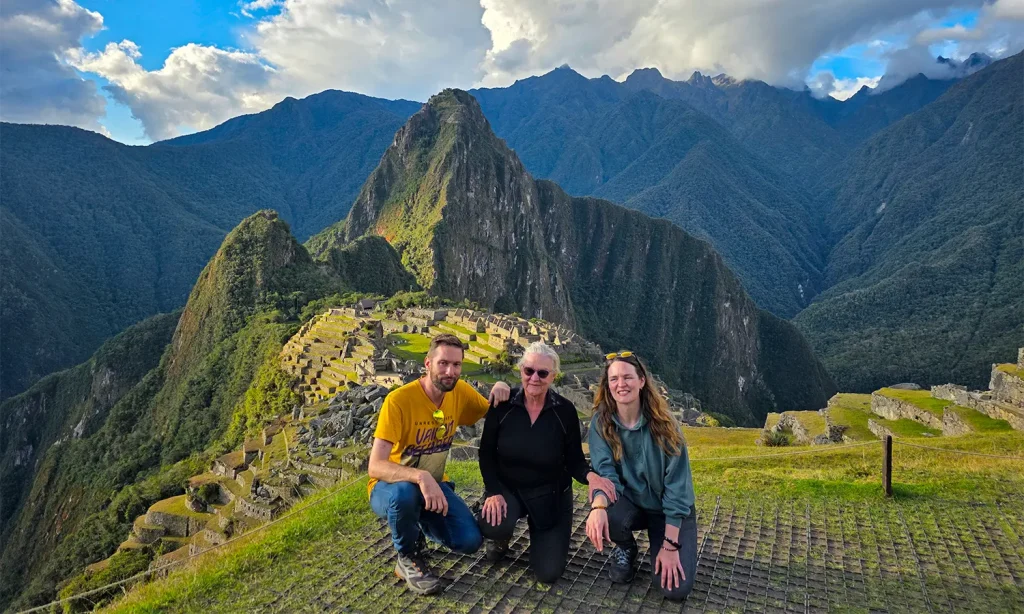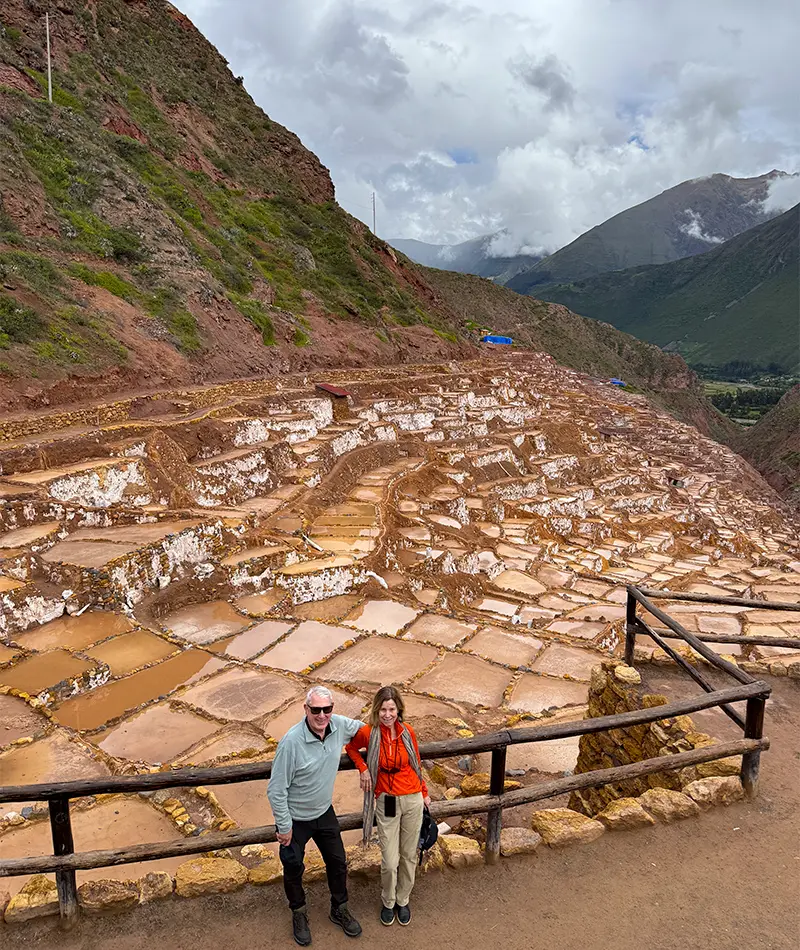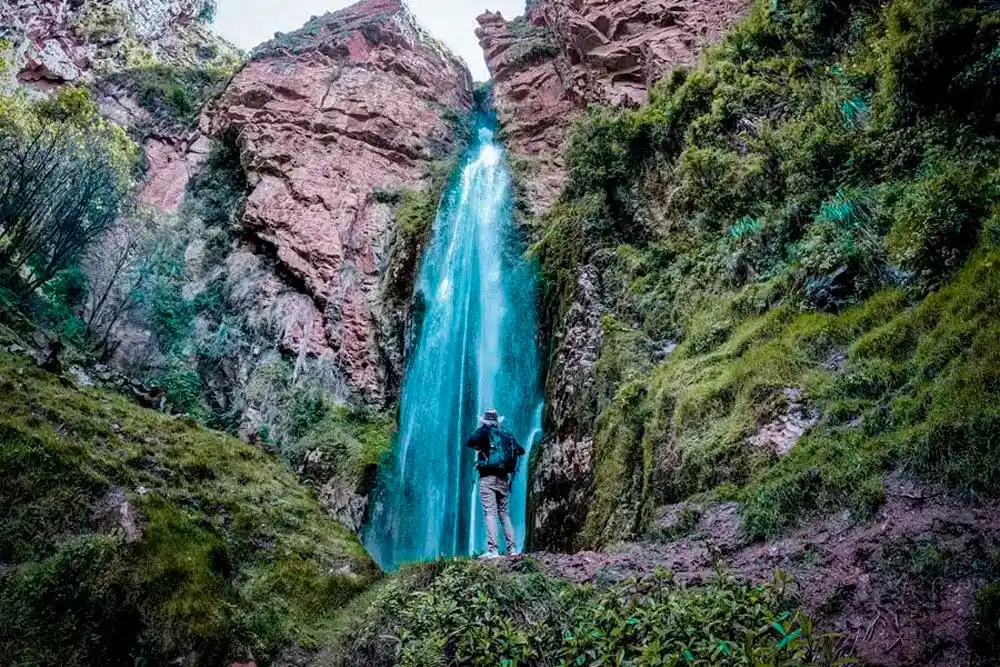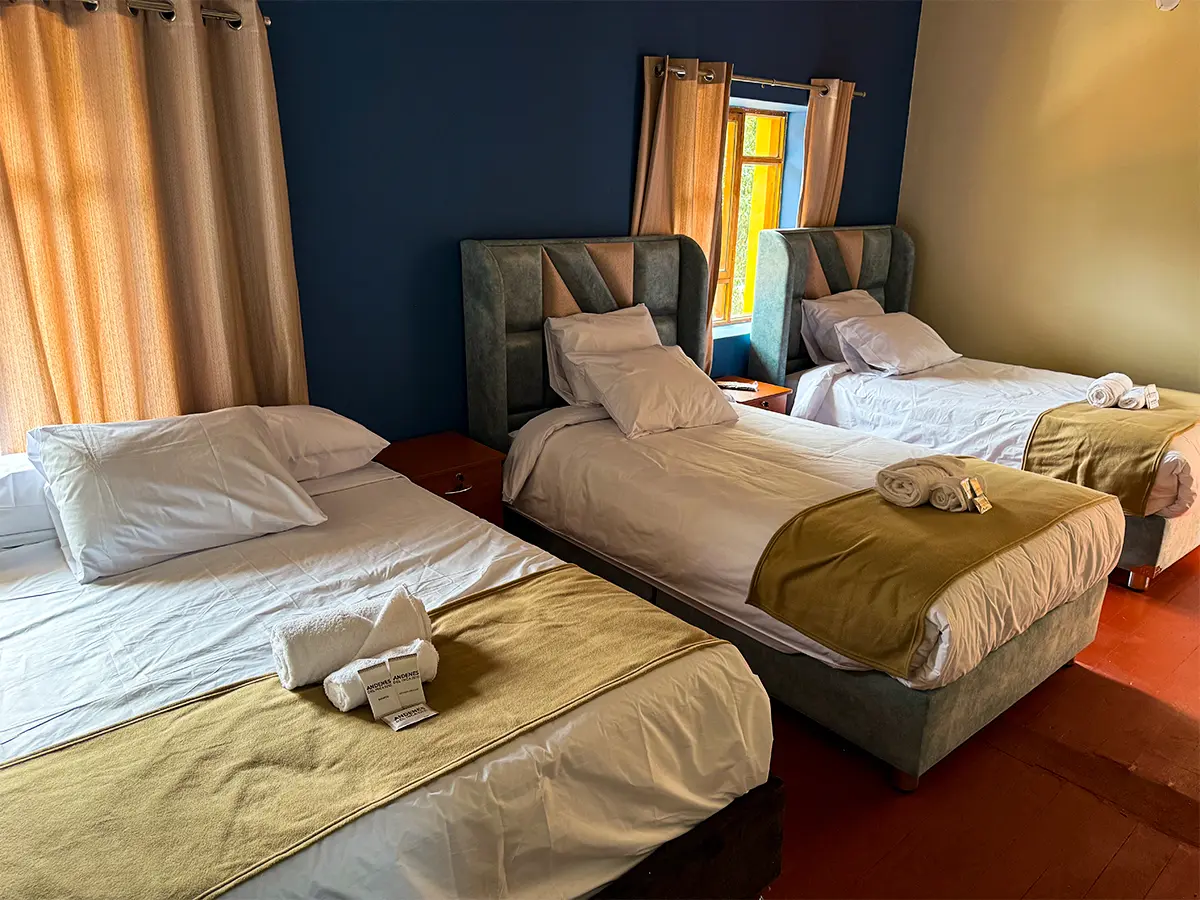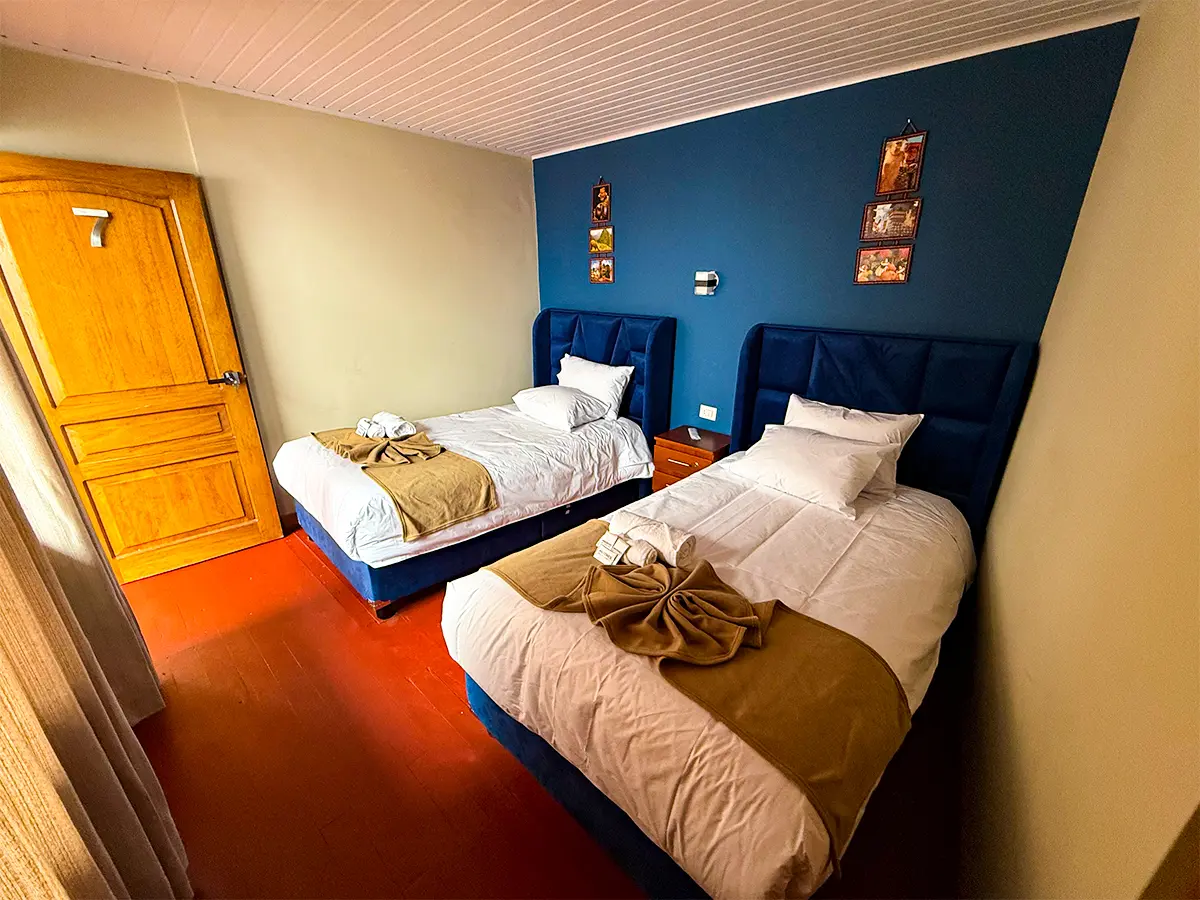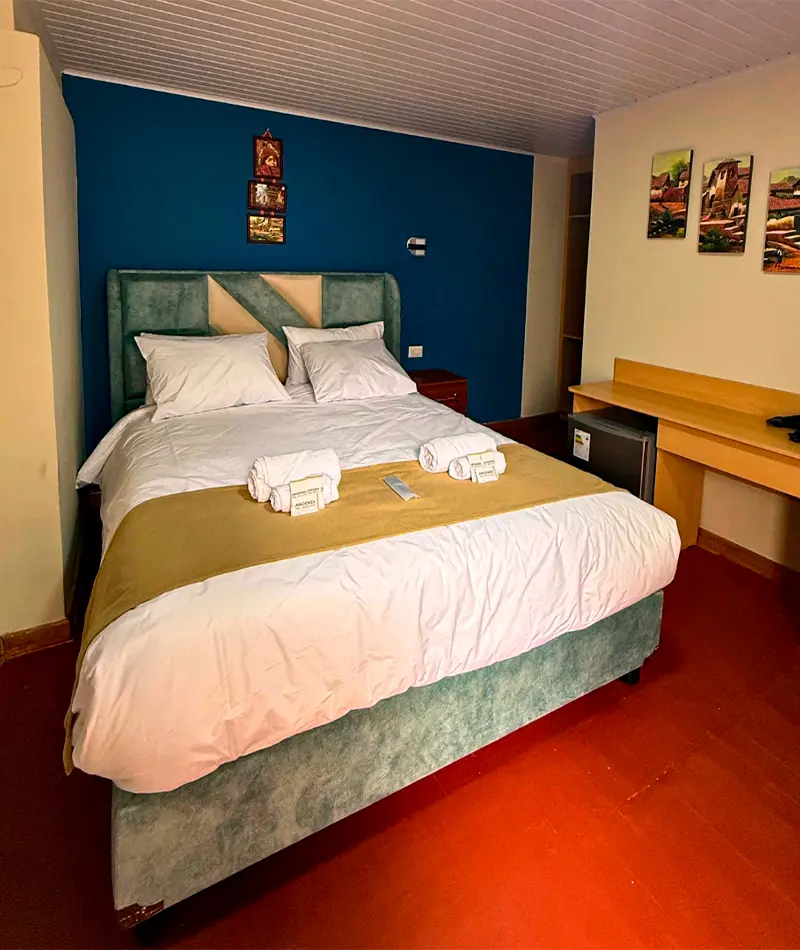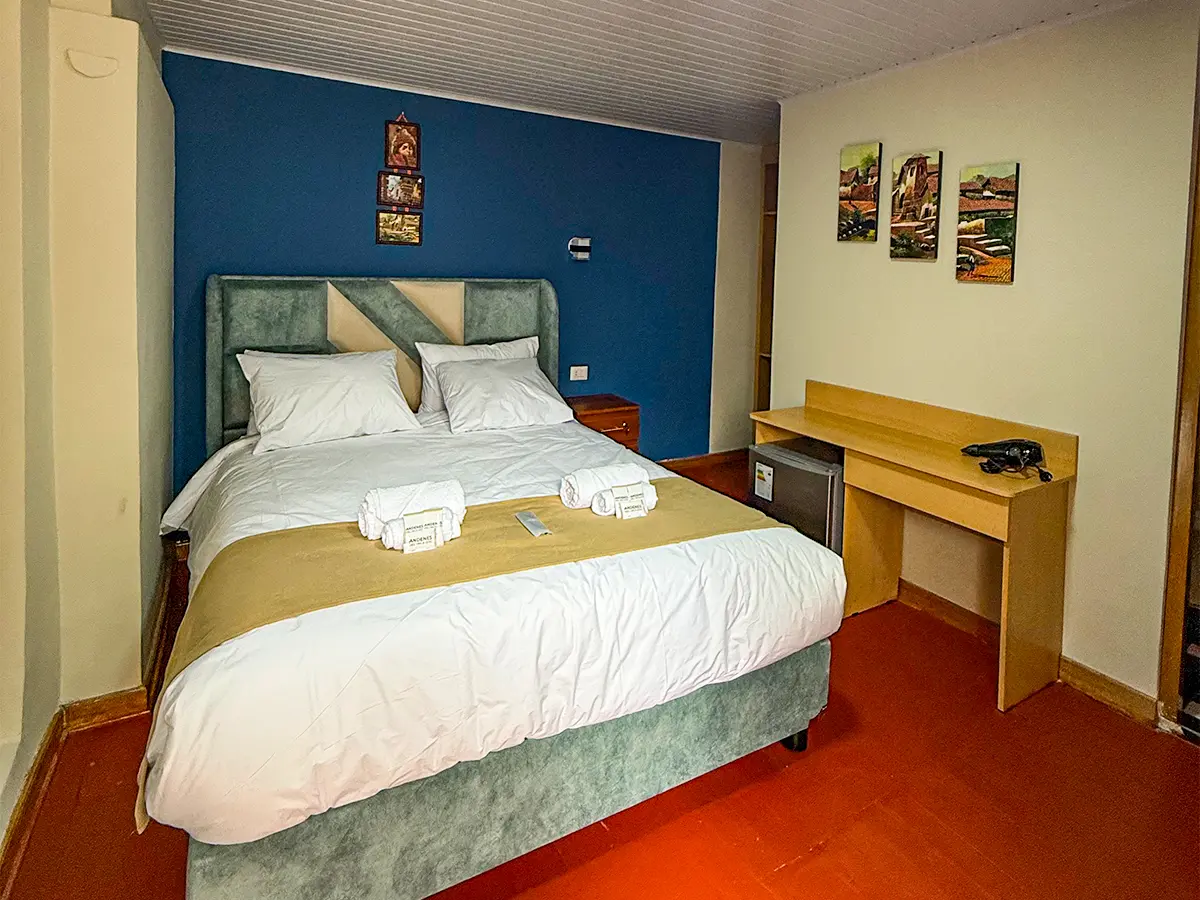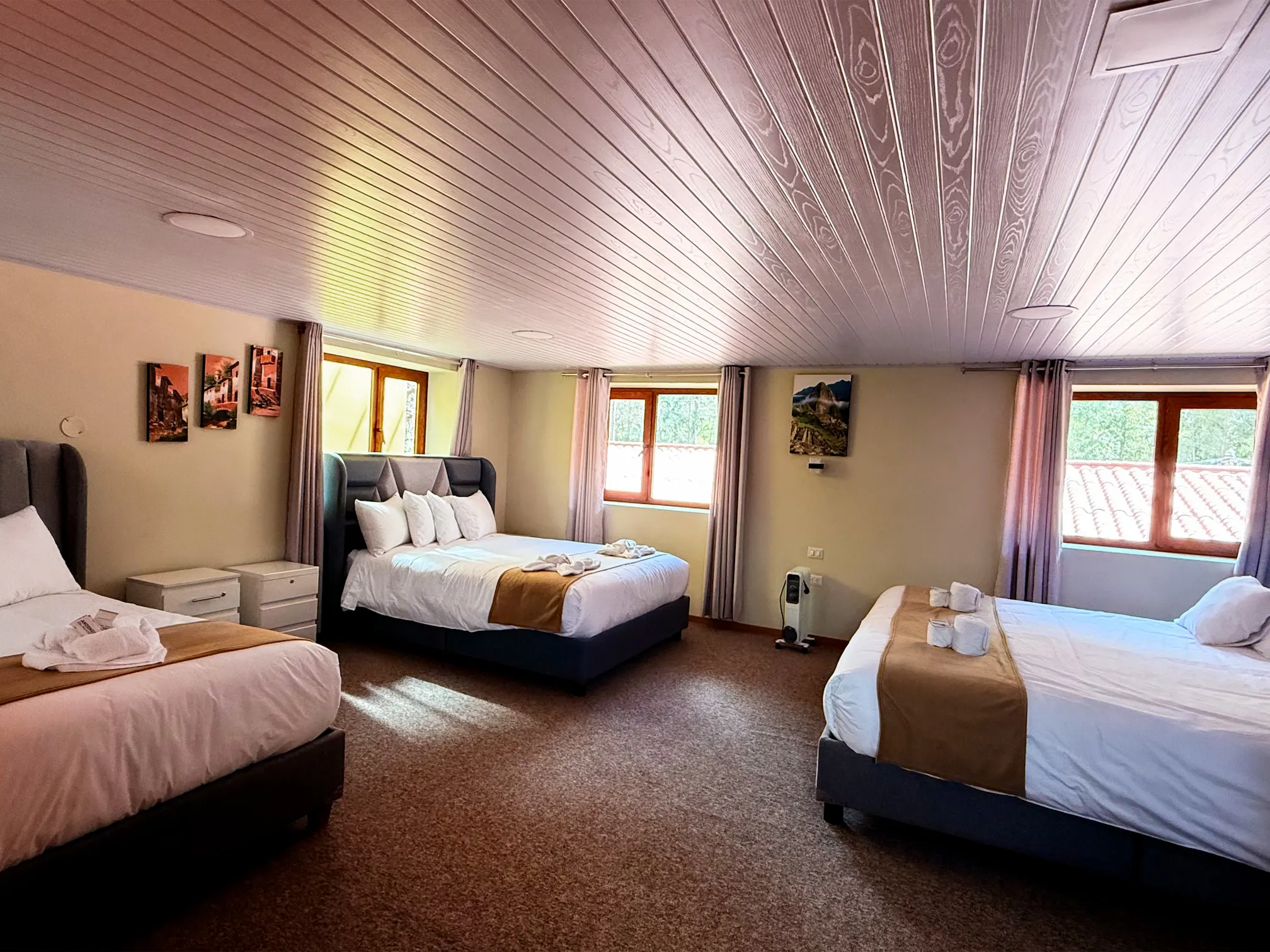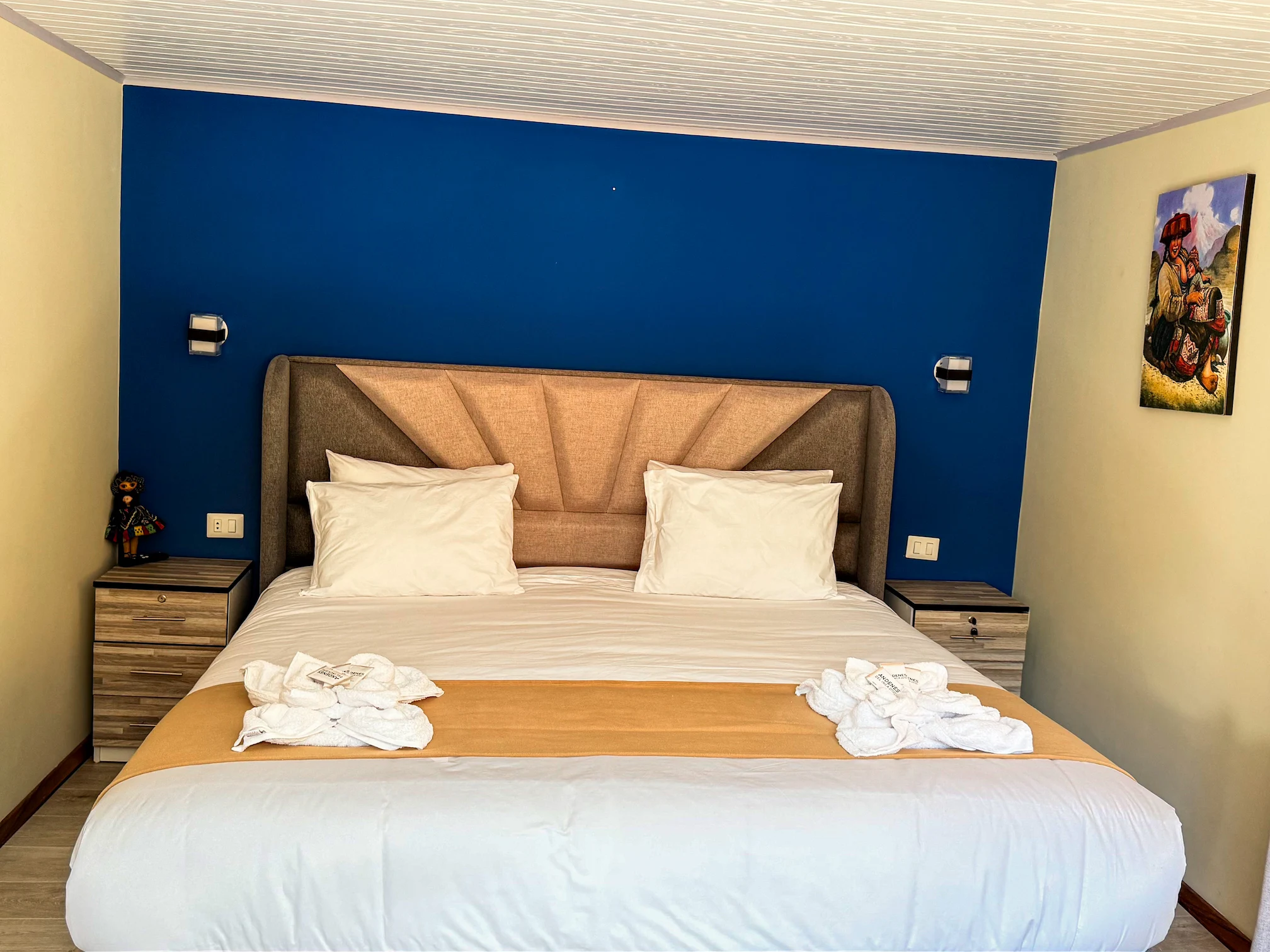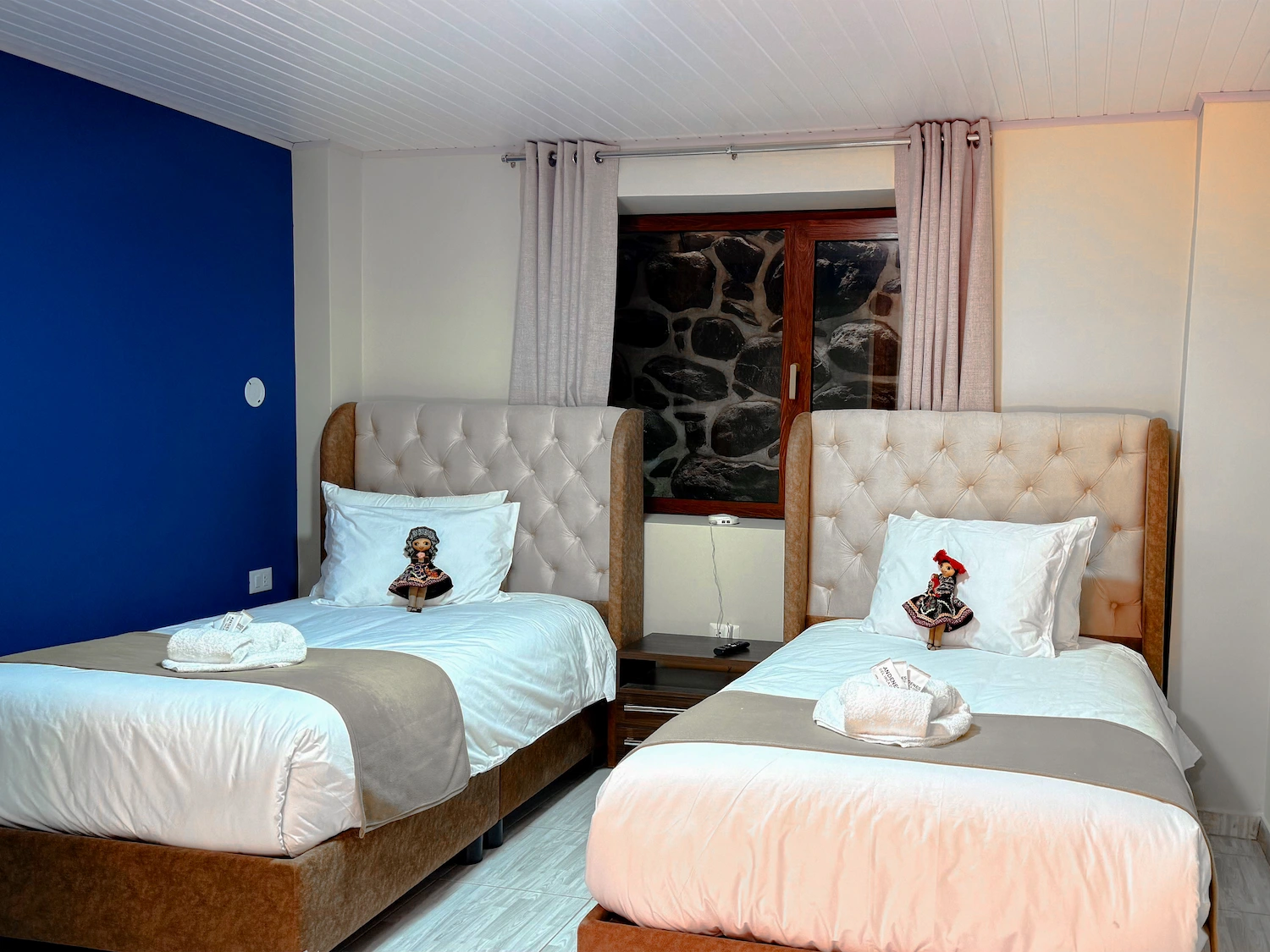How to AVOID the Altitude Sickness in Cusco
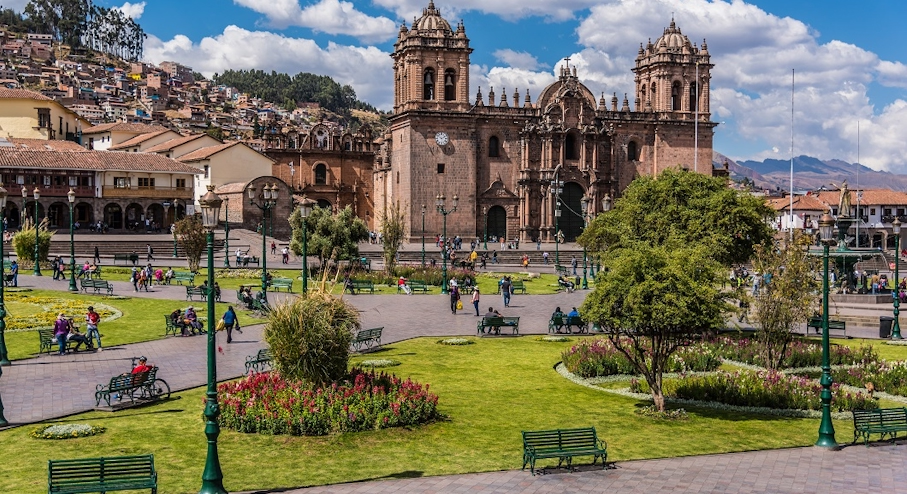
Visiting Cusco and the surrounding Andean region is the most amazing experience. However, the high altitude can catch many travelers off guard. From preparing your body before your trip to acclimatizing when you arrive, our travel guide covers everything you need to know to make the most of your visit while avoiding altitude sickness here in Cusco, Peru.. Seethe details on how to avoid the altitude Sickness in Cusco.
How to prepare for high altitude in Cusco, Peru.
Before you come to Peru, specially to Cusco, use these tips to help your body better handle high altitudes:
- Improve your aerobic fitness beforehand: Activities like running, swimming, or hiking improve cardiovascular efficiency, helping your body use oxygen better in high-altitude conditions.
- Build strength: Focus on leg and core exercises to prepare for treks like the the InacTrail or any hike to Machu Picchu, which require endurance.
- Stay hydrated all the time: Start hydrating a few days before your trip to Cusco, as higher altitudes will require your body to use more water.
What to expect and what are the symptoms of altitude sickness?
At 3,400 meters (11,152 feet), Cusco is significantly higher than most travelers are accustomed to. Altitude sickness can strike quickly, especially if you fly directly to Cusco from a lower elevation.
Symptoms often include:
- Headaches
- Dizziness
- Nausea
- Fatigue
- Shortness of breath
Acclimatization Tip: Arriving by bus from lower elevations (like Arequipa or Puno) allows for a gradual ascent, reducing the risk of altitude sickness. If you fly directly, take extra precautions during your first 24–48 hours in Cusco.
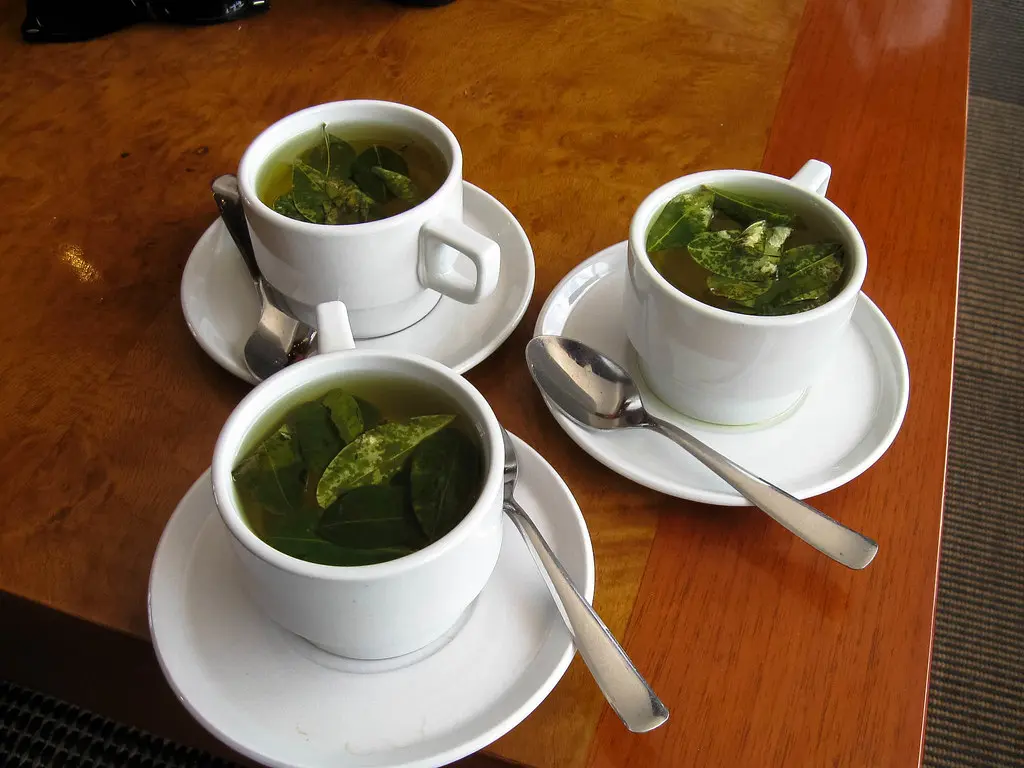

Acclimatizing in Cusco vs. Sacred Valley
Cusco isn’t your only option for adjusting to the altitude. The Sacred Valley is located at 2,800 meters (9,186 feet), which is notably lower. For many travelers, spending the first day or two in the Sacred Valley or even Machu Picchu (lower altitude at 2,430 meters/7,972 feet) helps the body adjust much better.
Altitude sickness prevention tips for Cusco
When you arrive in Cusco, take it slow. Here’s how to adjust smoothly:
- Drink coca tea: A traditional remedy, coca tea is widely available and can help ease mild symptoms
- Hydrate: The dry mountain air increases water loss, so drink plenty of fluids.
- Rest and take it easy: Minimize physical activity during your first 24 hours.
- Eat light meals: High-carb foods are easier to digest and provide energy.
What are the Best place to acclimate to the altitude in the Sacred Valley?
The best place to acclimate to the altitude in the Sacred Valley is generally considered to be a town within the valley, such as Urubamba, Ollantaytambo, or Pisac town. These towns are at a lower elevation than Cusco, making it easier for the body to adjust to the altitude gradually.
Why these towns are good for acclimatization:
- Lower Elevation:
Urbamba (2,871 m), Ollantaytambo Town (2,792 m), and Pisac (2,972 m) are all lower than Cusco (3,399 m), which is beneficial for a gradual acclimatization process.
- Ideal Starting Point:
Spending a few days in one of these towns before heading to Cusco or higher altitudes like Machu Picchu can help reduce the severity of altitude sickness symptoms.
- Comfortable Climate:
The towns in the Sacred Valley have a more temperate climate than Cusco, making them more comfortable for acclimatization.
- Slower Ascent:
A gradual climb from the Sacred Valley to higher altitudes, like the Inca Trail or the Salkantay Trek, can be much easier on the body than a sudden jump to Cusco.
How to acclimate in these towns:
- Stay for a few days: Give your body time to adjust to the lower altitude before heading higher.
- Take it easy: Avoid strenuous activity and get plenty of rest.
- Stay hydrated: Drink plenty of water and avoid alcohol and caffeine.
- Consider medication: Consult with a doctor about taking acetazolamide or other altitude sickness medications.

